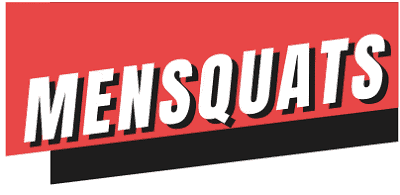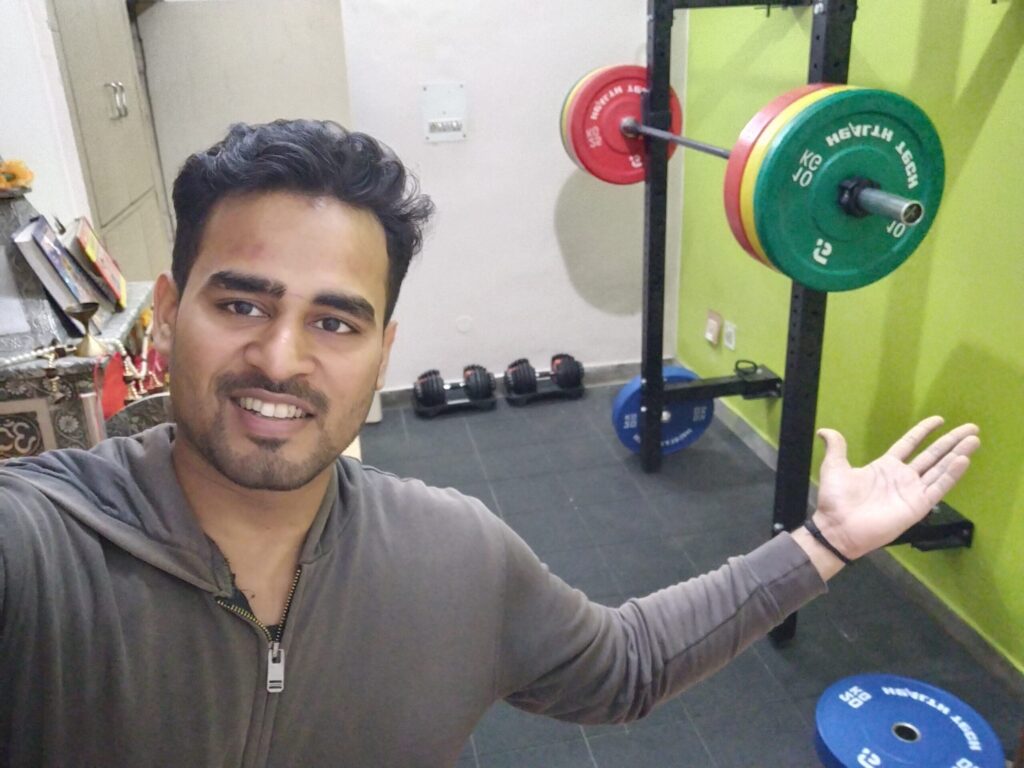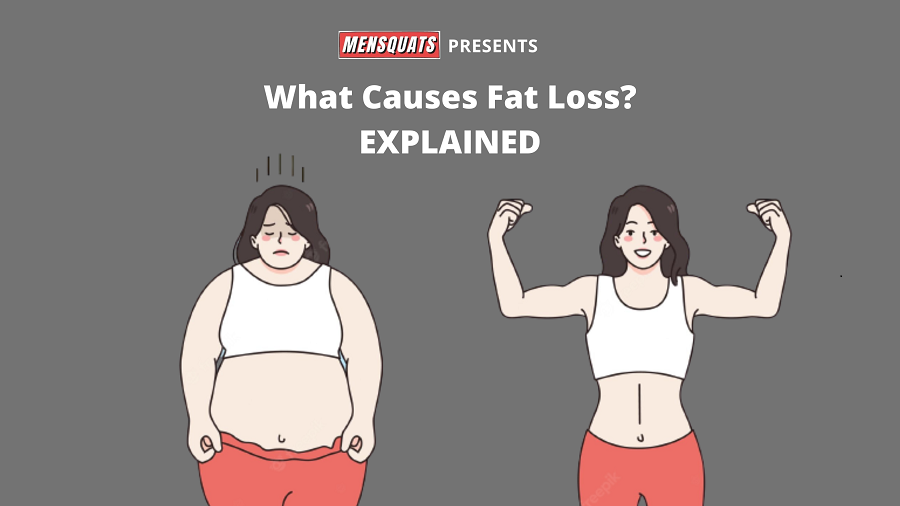(Squat Analysis) How To Squat With Good Form & Fix Bad Form?
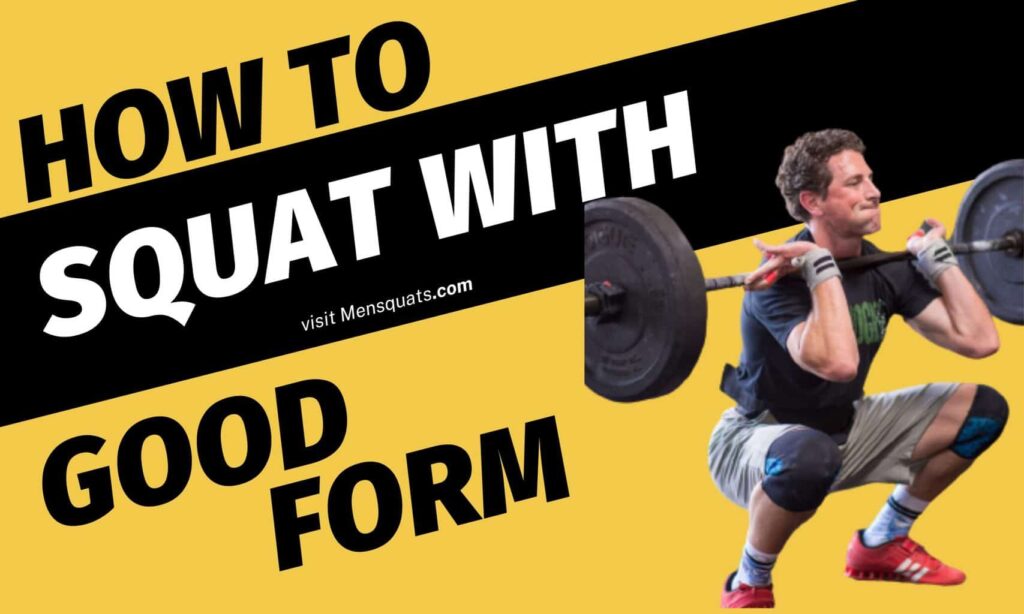
When fine-tuning the squat technique, it should go without saying that in order to fix squat form your heels should be planted on the ground firmly, knees should be pushed outwards. While beyond correcting the squat basics, you should also know your squat analysis, angles you must make, and force you to produce, and its role in making you become a stronger squatter.
There are several mistakes lifters make in his/her career, which put them at risk of injuring themselves. Avoid them, and ensure that you progress faster, create muscle balance, and attain good mobility.
Part 01 Kinematic Analysis:
“The movement of mechanical structures (trusses and skeletal systems) is governed by the Laws of Kinematics.”
The movement occurs by the virtue of forces acting upon key points under constraints of relative motion. The forces and the angles thus become influential in deciding the safety of the relative motion.
The first part of the squat analysis is to check if the forces on the joints are within the allowed constraints. Forces will ALWAYS be acting, without them, there can be no movement. But if they exceed the allowed limit, then the movement begins to break down.
For this, the back and the shin angle must be nearly identical or parallel with one another (refer to the image for congruence of angle 1, 2).
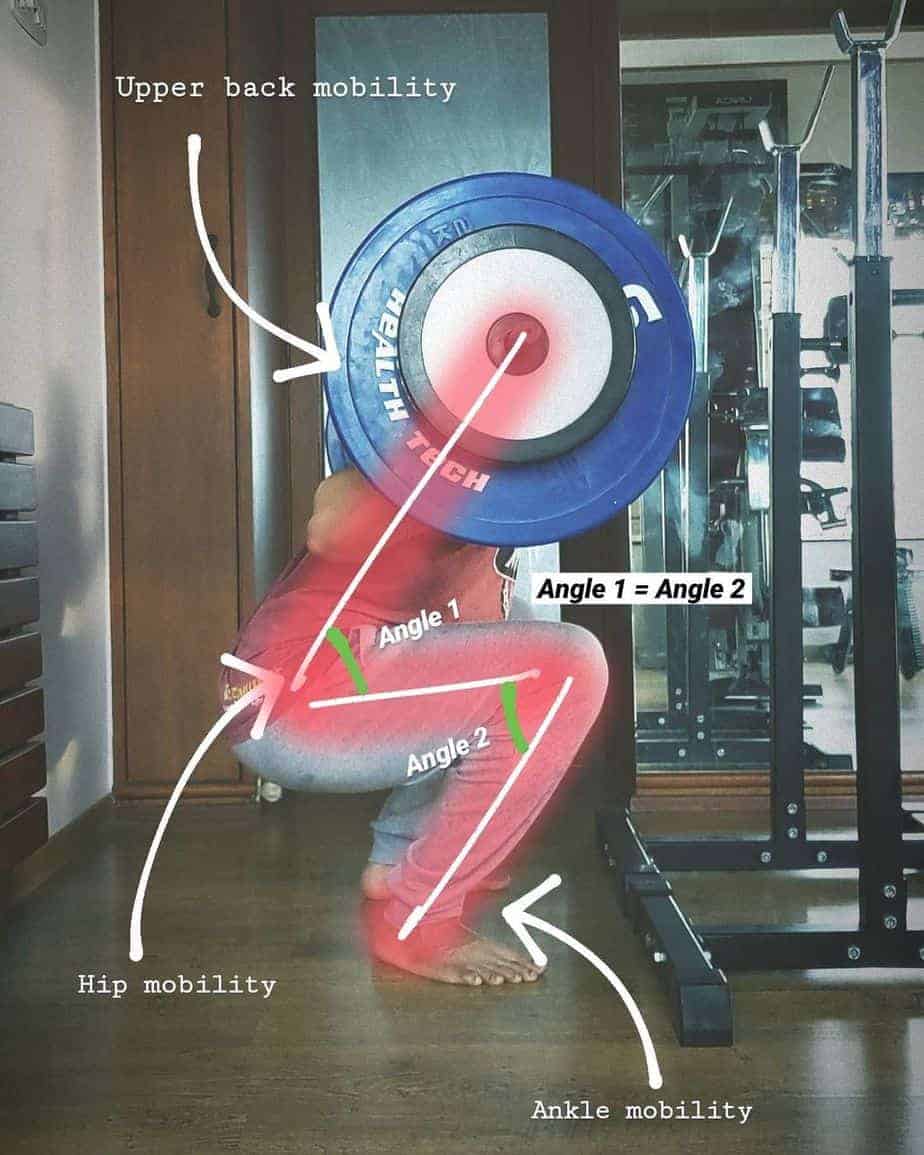
If the congruence is not achieved, then two issues arise:
- Lower back pain due to excessive Bending Moment (caused by hip and upper back tightness)
- Knee pain due to excessive shear strain (caused by tight ankles)
So for your squat to be mechanically safe on the joints, three places must work synergistically:
– ANKLE, HIP, & UPPER BACK.
Working on the mobility of these 3 points will help achieve the desired angles to keep the relative motion under constraints.
Anyone trying to find the answer to how to squat with good form, or better their squat mechanics must aim at fixing these 2 angles. (Analyze your squat and mark out the problem areas that inhibit you from achieving the required angles.)
Depending on which of the 3 areas is faulty, incorporate, corrective, perform mobility drills (you can find a plethora of drills online).
Spend small amounts of time every day performing one drill for each area.
Re-analyze your squat, till you can achieve congruence between both angles. As the angles become identical, you’ll notice that your squat form also begins to improve.
Keep practicing.
Part 02 Force & Tension:
Working on good mobility and technique is only one part of the equation that impacts exercise performance.
What’s more important?
The equation is incomplete without understanding Force production and its role in creating tension throughout the system (body + barbell) which is very crucial in figuring out how to perform a squat correctly.
Why? Two things – creating motion, allowing the system to be stable.
Motion occurs by the virtue of a force. Sir Newton very famously explained the role of force in changing the state of motion of a body.
Exercise execution is a combination of different motions – in this case,
- the descent,
- the change of direction at the bottom,
- the ascent.
Hence the exercise is not just one random movement, but a series of motions dictated by force production. To be able to decelerate at the bottom and push the weight up, a multitude of forces need to be at work.
Not just away from the system, but also within it (inside the body & bar) reactive forces work to create tension. This tension allows the system to stay stable and move well under heavy loading.
For the squat, the bottom-most position becomes the weak link as the force production and tension needed at that point is the highest.
Bracing to create intra-abdominal pressure is an obvious one to keep the core intact.
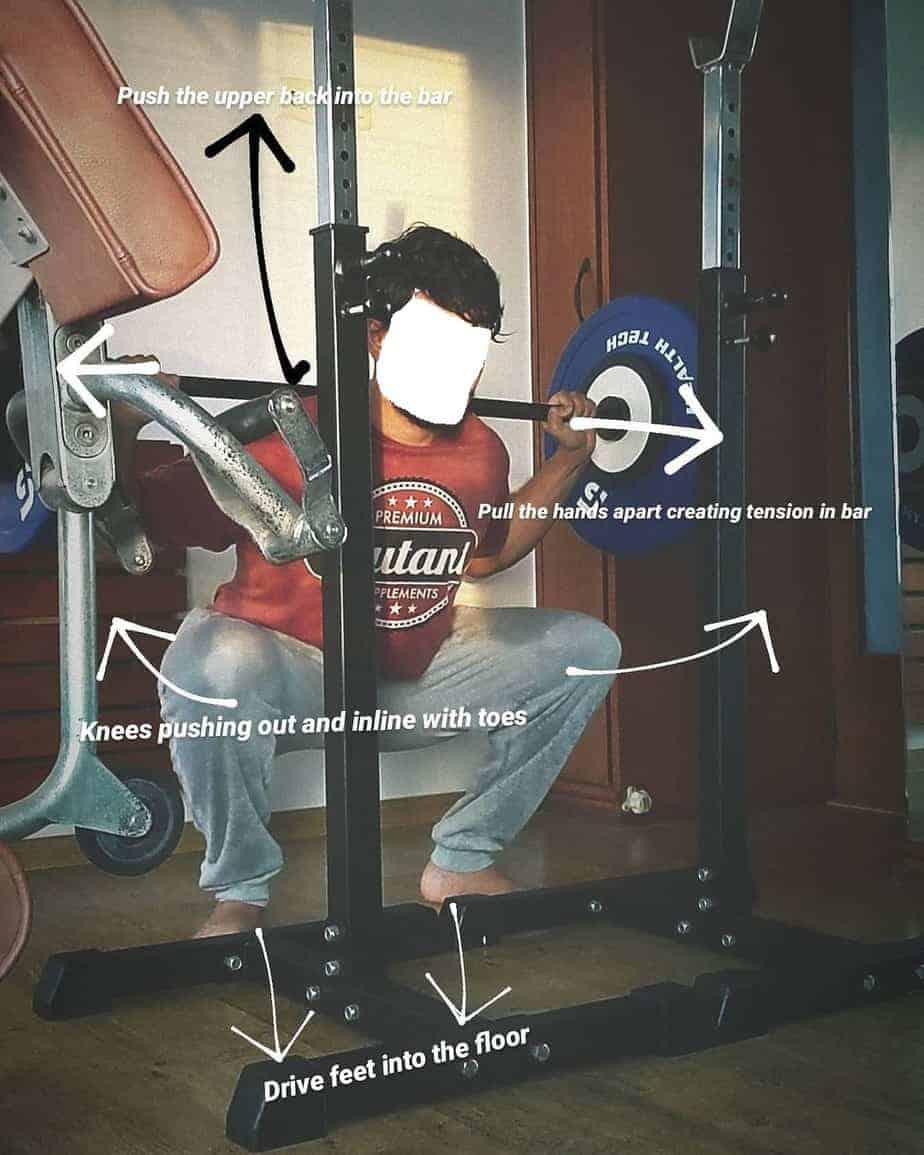
Here are some pointers which will encompass most cues that are used to guide good squatting (and solid control at the bottom)
1. Driving feet into the floor generates a direct reactive force from the ground to push the system upwards.
2. Keeping the knees pushed outwards will enable the gluteus medius to be active and create tension through the glutes/hamstrings.
3. Gripping the bar super tight and pulling it apart will generate a reactive force along the bar. Which in return will create tension in the upper back and lats.
4. Pushing the upper back into the bar will allow for a stable and non-collapsing spine. It will also assist with creating an upward force to raise the weight.
Don’t just move arbitrarily. Create a string of motions guided by the right forces and optimum tension throughout the system. Doing this will only allow for safe & effective exercise execution under heavy loads.
Practice on each Rep.
How to squat confidently?
3 important things that can help any lifter with good confidence at the bottom-
1) building bottom positional awareness.
2) being able to breathe comfortably in the whole.
3) regaining tree trunk stiffness, in case the tension is lost due to any reason while hitting the bottom.
Working in these 3 has tremendously given me a confidence boost.
Hope you gain something out of this article on “How To Fix Squat Form?”. Comment & Share.
Read more from our list:
- 9 Actionable Tips On How To Improve Squat Form & Perfect Your Technique.
- Warning: You are at injury risk if you use Squat Shoulder Pad.
Happy Squatting!
Sharing is caring. ❤
–
